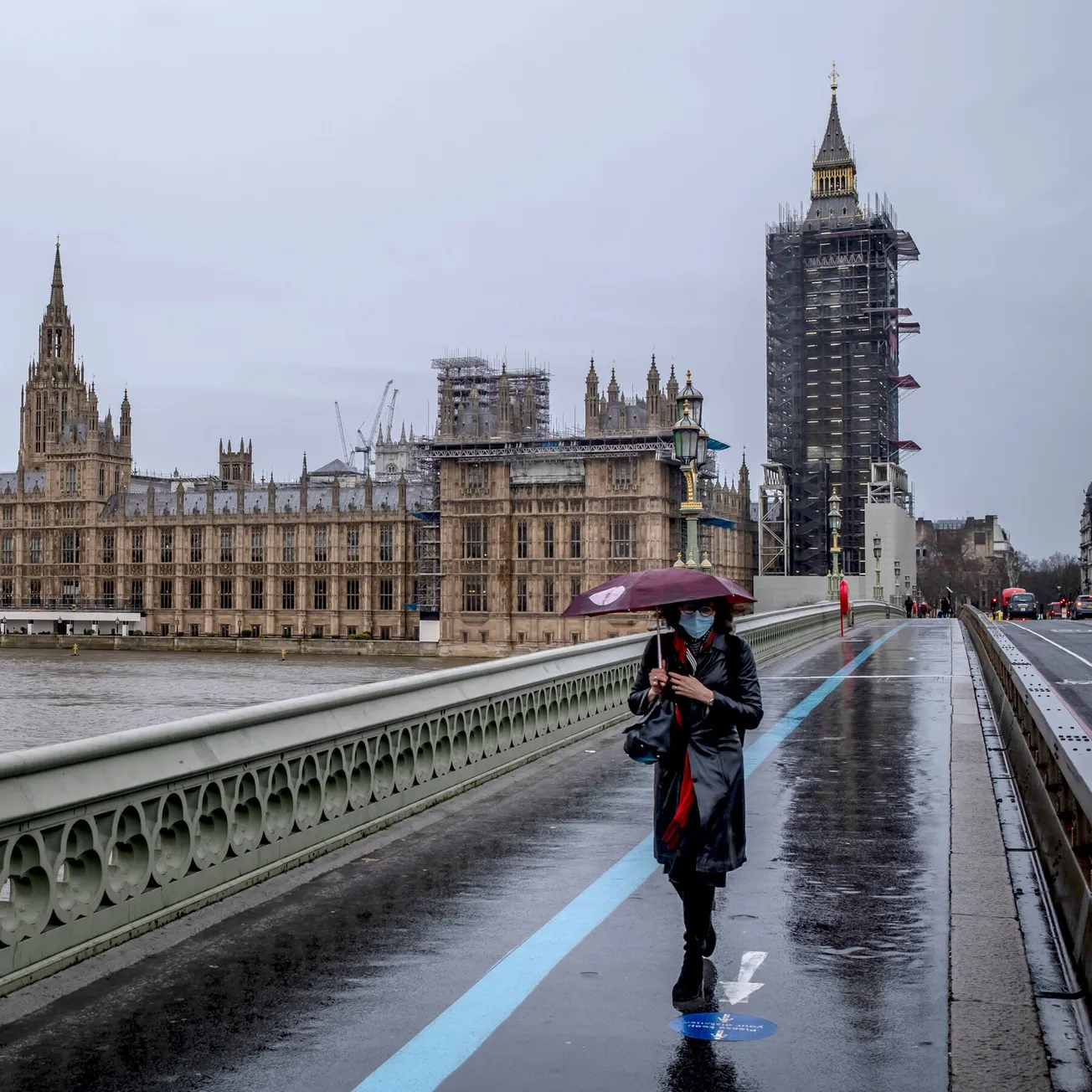Jon Miltimore
fee.org
Jonathan Miltimore is the Managing Editor of FEE.org. His writing/reporting has been the subject of articles in TIME magazine, The Wall Street Journal, CNN, Forbes, Fox News, and the Star Tribune. Bylines: Newsweek, The Washington Times, MSN.com, The Washington Examiner, The Daily Caller, The Federalist, the Epoch Times.
On Sunday July 18, people across the United Kingdom celebrated when the clock struck midnight. It was “freedom day.”
With 87 per cent of residents at least partially vaccinated, the government was lifting its remaining restrictions. No longer would mask-wearing and social distancing be mandatory in England.
“We want people to take back their freedoms as they can today,” Prime Minister Boris Johnson said.
The Associated Press reported that for the first time in nearly 18 months, nightclubs were permitted to open “and from London to Liverpool, thousands of people danced the night away at ‘Freedom Day’ parties starting at midnight.”
‘A Reckless Free-for-All’
The decision of Johnson’s government was not without controversy.
CNN described it as a “huge gamble,” while Labour Party leader Keir Starmer criticized the move as “a reckless free-for-all.” Neil Ferguson, professor of mathematical biology at Imperial College London, said it was “almost inevitable” the decision would result in 100,000 daily cases and one thousand hospitalizations per day, despite the presence of vaccines.
“The real question is do we get to double that – or even higher,” Ferguson told the BBC. “And that’s where the crystal ball starts to fail. I mean, we could get to 2,000 hospitalisations a day, 200,000 cases a day – but it’s much less certain.”
At the time, daily cases stood at roughly 45,000, which meant Ferguson was predicting it was “almost inevitable” cases would more than double.
The Actual Results
When Freedom Day arrived, Reuters noted the occasion was marred by “soaring cases” and chaos. The AP had a strikingly similar take.
Weeks later, however, we have an abundance of empirical evidence that show the prognosticators were once again wrong. Cases did not double or quadruple as Ferguson had predicted. Nor did cases “surge,” as many had warned.
On the contrary, cases fell—a lot.
People were worried cases would spike further when the UK lifted almost all remaining restrictions in July. The opposite happened.
— Youyang Gu (@youyanggu) August 5, 2021
We must acknowledge that restrictions aren't all that effective in Western countries.
(Except Australia, who just entered their 6th lockdown) pic.twitter.com/l7tygXQqn7
Daily #COVID cases are down 40% in UK since 'Freedom Day' when the government lifted restrictions.
— Jon Miltimore (@miltimore79) August 10, 2021
This isn't what experts predicted.
Neil Ferguson said it was “almost inevitable” cases would increase 100+%. MPs called it "reckless."@Reuters & @AP decried a "surge" on Day 1. pic.twitter.com/8chIRGsRvb
As of August 8, the 7-day rolling average of COVID cases stood at just under 27,000. That’s a 40 percent drop from where they stood when restrictions were lifted. Again, this was not what was predicted.
“On the basis of the spread of the delta variant, and the U.K. government’s decision to lift all legal restrictions on individual mobility, mixing and adherence to nonpharmaceutical interventions, we expected new COVID-19 infections to rise very sharply,” said David Mackie, an economist at JPMorgan.
The opposite happened, and Mackie admitted it was unclear why.
“Possible additional explanations are a seasonal weather effect and an early arrival of the school vacation effect,” said Mackie. “But it is hard to fully explain the dramatic collapse in new infections.”
Ferguson, too, admitted his prediction was wrong. (And many readers likely recall this isn’t the first time the oft-cited Ferguson’s “crystal ball” proved wildly inaccurate.)
Others, however, simply couldn’t believe that cases fell after the mitigations put in place by the government were rescinded. They suggested the numbers were inaccurate.
“The drop is much faster than we’ve ever seen in previous waves,” said Professor Tim Spector, from King’s College London. “Even after full national lockdowns, leaving the accuracy of the official tally in doubt.”
The Poor Track Record of Restrictions
Spector’s response is almost a textbook example of cognitive dissonance. Just like some people cannot be convinced the Loch Ness Monster or UFOs don’t actually exist—regardless of what evidence is presented to them—some proponents of COVID mitigation efforts can’t seem to accept that government restrictions do not achieve the intended results.
Yet even before the UK’s most recent experiment, we had an abundance of evidence that showed government interventions—while often harmful to economic and mental well-being—did little or nothing to slow the spread of the virus.
“We must acknowledge that restrictions aren’t all that effective in Western countries,” said Youyang Gu, an MIT-trained engineer and data scientist. “It’s interesting that some experts would rather question the accuracy of the data than acknowledge this reality.”
It is indeed interesting; but it’s hardly surprising.
In his great work The Fatal Conceit, F.A. Hayek noted that many people simply cannot fathom that local decision-making can lead to more efficient outcomes than central planning.
“The curious task of economics is to demonstrate to men how little they really know about what they imagine they can design,” the Nobel Prize-winning economist observed. “To the naive mind that can conceive of order only as the product of deliberate arrangement, it may seem absurd that in complex conditions order, and adaptation to the unknown, can be achieved more effectively by decentralizing decisions and that a division of authority will actually extend the possibility of overall order.”
Recent events in the United Kingdom provide yet more evidence that the fastest way to wind down the pandemic is to remove decision-making from politicians and bureaucrats and return it to where it belongs—with individuals.
This article was originally published on FEE.org. Read the original article.
Please share this article so that others can discover The BFD.









